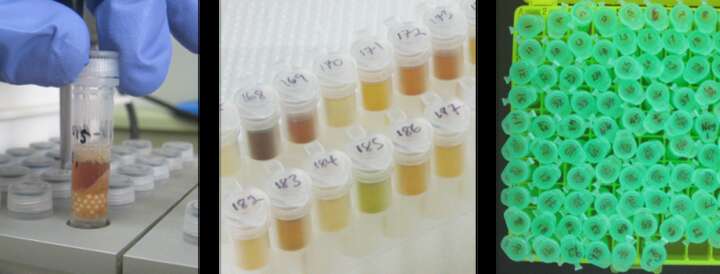
By Lucas Cunningham
With the success of the campaign to eradicate polio the questions surrounding the legacy of the Global Polio Laboratory Network (GPLN) should be asked. It is towards this end that COUNTDOWN incorporated into its objectives, an assessment of the suitability of the faecal collections generated by the GPLN for use in assessing the prevalence of Soil-Transmitted Helminths (STH) and Schistosomiasis (SCH). The polio laboratory at the Noguchi Memorial Institute for Medical Research (NMIMR) was selected to pilot this study. Members of their team attended a qPCR workshop hosted by COUNTDOWN in March 2016.
The laboratory at Noguchi had been storing faecal samples sent to it by clinicians across Ghana. These samples come from patients presenting clinical signs of polio, typically this would be acute flaccid paralysis (AFP). At the Noguchi laboratory a total of 913 samples had been collected from 2012 until 2015; and of these, a subset of ~500 samples were selected. The samples selected would undergo a DNA extraction involving a pre-treatment phase of bead beating, to break open the eggs of any helminths present. The sample would then be screened with TaqMan assays to identify the following helminth types: Strongyloides stercoralis, Necator americanus, Ancylostoma duodenale, Ascaris lumbricoides, Trichuris trichiuraI and Schistosoma.
At Noguchi, the pre-selected samples were identified and over the course of the next few weeks these samples underwent the DNA extraction described above. The samples were then screened with the TaqMan assays over the following months. The qPCR results identified a combined helminth infection prevalence of 13% with A. lumbricoides and N. americanus as the most common found in 4% of samples. The prevalence of A. duodenale, Schistosoma and S. stercoralis were like each other at 2% while T. trichuris was not found in any of the samples.
This initial investigation shows that the use of the GPLN’s faecal collections in screening for STH and SCH has potential as an alternative for assessing the prevalence of these different diseases in a country without the need to do an expensive community survey.
